Everything you need to know about the Palace of Versailles: facts, visitor information, history…
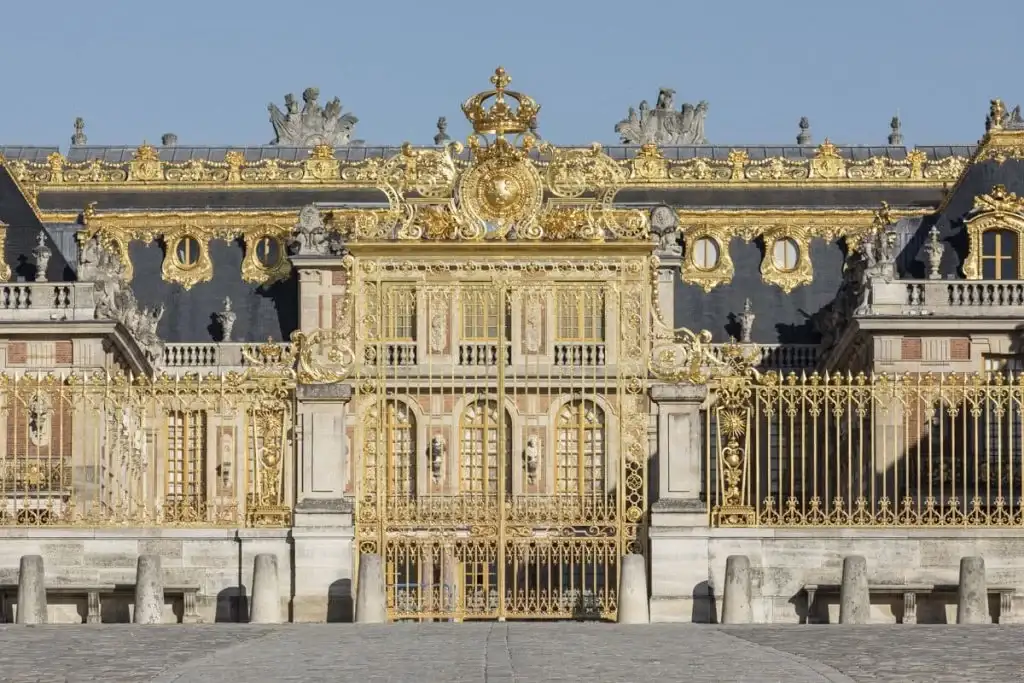
The palace has 2,300 rooms spread over 63,154 m². It was originally a hunting lodge before becoming the most magnificent royal residence in Europe.
The Hall of Mirrors features 357 mirrors. In the 17th century, mirrors were extremely expensive, so this hall was an extraordinary display of wealth and power.
5,000 people lived in the palace during the reign of Louis XIV, including nobles, servants, and courtiers. The court was practically a small city.
There were no bathrooms. Despite its splendor, Versailles lacked a proper sanitation system. Courtiers used portable chamber pots, and the gardens served as makeshift lavatories.
Secret passages: The palace is full of secret passages that allowed the king and queen to move discreetly, access their lovers’ chambers, or escape in an emergency, as Marie Antoinette did during the Revolution.
The gardens require 200,000 plants annually to maintain their original design. It took landscape architect André Le Nôtre 40 years to complete them.
The Treaty of Versailles was signed here in 1919, ending World War I. The choice of location was symbolic, as the German Empire had been proclaimed there in 1871.
Louis XIV permanently moved in 1682, making Versailles the center of France’s political power, away from Paris, to better control the nobility.
Maintenance costs over €15 million annually. It is one of France’s most visited monuments, receiving nearly 8 million tourists per year.
An astronomical budget: If it were built today, the cost of the Palace of Versailles would be approximately $2 billion.
If you have an admission ticket to the Palace of Versailles, you should know that the visit goes far beyond simply strolling through elegant and opulent rooms. The palace safeguards an artistic heritage of more than 90,000 works available online, making it one of the most extensive digital collections in the world. This figure spans five centuries of French history, from the Middle Ages to the 19th century, allowing visitors to explore paintings, sculptures, and decorative objects both on-site and virtually.
The palace’s exhibition program complements its permanent collection with major temporary exhibitions held not only in the main building but also in the Trianon Estate and even in the gardens.
For 2025, the exhibition “Genius and Majesty: Louis XIV by Bernini” (from June 3 to September 28) stands out. It is dedicated to the famous bust of Louis XIV sculpted by Gian Lorenzo Bernini, a piece that embodies the encounter between Italian Baroque art and French absolutism.
Versailles has successfully integrated cutting-edge technology without compromising the authenticity of its historical heritage. Virtual reality arrived at the palace in 2019 with VersaillesVR: the Palace is Yours, developed in collaboration with Google Arts & Culture. This free application allows users to tour 24 royal rooms and interact with more than 150 works of art using hyper-realistic photogrammetry technology, even manipulating elements like chandeliers to admire the decorated ceilings. In 2025, the palace launched a new on-site VR experience: “Versailles: Lost Gardens of the Sun King,” which transports visitors to 1682 to explore vanished gardens under the guidance of André Le Nôtre.
Augmented reality also has its place at Versailles with “Dansez Versailles,” an experience integrated into the official app that uses Snapchat filters to recreate 17th-century Baroque dances at specific points in the gardens, such as the Latona Fountain.
However, the Musical Fountains Shows represent the most authentic immersive tradition: from April to October, these events transform the gardens into a Baroque theater where the fountains dance to the rhythm of compositions by Lully and Rameau, culminating in the night-time illuminated sessions between July and September.
Visit the Palace of Versailles to witness its undeniable grandeur and unbeatable beauty. France’s most popular attraction is…
The Palace of Versailles as we know it today dates from the 17th century. This world-famous palace in southwest Paris is an example of…
The boutique Cour de Marbre, which can be found at the bottom of the Queen’s Staircase after touring the Grand Apartments has a large select…
A luxury hotel was opened in the courtyard of the Palace of Versailles, one of the most visited destinations in France and the former…
The history of the Palace of Versailles is a fascinating account of an architectural transformation spanning more than four centuries. What we know today as one of the world’s most emblematic palaces began as a modest rural structure and evolved into the ultimate symbol of French absolute power.
It all began in a surprisingly humble way. In 1623, the young King Louis XIII decided to build a small hunting lodge in the forests of Versailles, originally intended as a private retreat for his hunting excursions. This initial construction was little more than a country house surrounded by nature, a far cry from the splendor we know today.
The original project gained greater dimensions when Louis XIII purchased the entire Versailles estate in 1632. His goal was to demolish an existing old residence and significantly expand the area designated for royal hunting. Work on the so-called “old château” was finally completed in 1634, laying the structural and territorial foundations upon which the future palace would be built.
Although these early constructions were modest compared to what was to come, they set a crucial precedent: the choice of Versailles as a place of royal retreat.
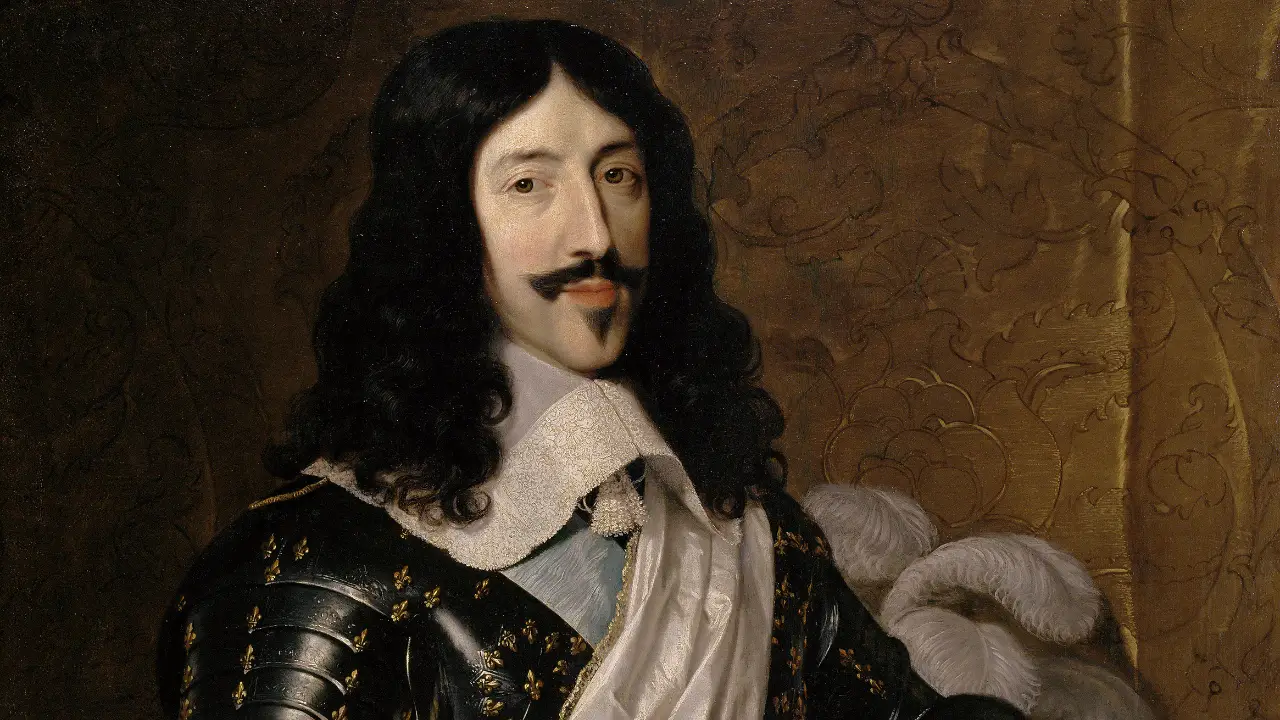
The true metamorphosis of Versailles began when Louis XIV, the legendary “Sun King,” inherited the throne after his father’s death in 1643. Although the palace was initially abandoned for several years, from 1661 onwards, Louis XIV initiated a series of monumental works that would last his entire life, until 1715.
The scale of this transformation was truly extraordinary. The expansions included:
The construction of the great forecourt in 1662.
Followed by the famous “envelope” designed by Le Vau between 1668 and 1670, which cleverly integrated his father’s old château with the new constructions.
Pavilions for officials were added (1670-71).
Subsequently, the South Wing (1679-81).
The impressive Grand Commun (service building) (1681-84).
The North Wing (1685-89).
And the majestic Royal Chapel (1699-1710).
Parallel to these constructions, Louis XIV significantly expanded the gardens, integrating spectacular fountains, statues, and the famous canals that transformed the surrounding landscape. This expansion was not merely aesthetic: in 1682, Louis XIV made the momentous decision to permanently move the court to Versailles, making it the official residence and the true center of government in France.
The result was remarkable: in just 50 years, Versailles was transformed from a modest hunting lodge into a grand Baroque palace that became the architectural model for all of European nobility.
Subsequent reigns took a different approach to Versailles. Instead of continuing with major structural expansions, Louis XV and Louis XVI focused on interior refinements and the construction of ancillary buildings that reflected the changing tastes of the new court.
In 1722, after several years of partial neglect, Louis XV re-established the court at Versailles and undertook significant modifications to the original palace. One of his most controversial decisions was the demolition of the historic Ambassadors’ Staircase, but he also contributed an architectural gem: the construction of the imposing Royal Opera of Versailles, completed around 1770 and inaugurated with great splendor during the wedding of the future Louis XVI.
Another important legacy of Louis XV was the construction of the Petit Trianon, begun in 1761 under Gabriel’s design and completed before 1774. This small palace within the park represented a new concept of palace life, more intimate and refined.
Louis XVI continued this trend of personalization. In 1774, as a romantic gesture, he gifted the Petit Trianon to his wife, Marie Antoinette, who made it her private retreat. The queen took this idea even further: in 1783, she had the famous “Hameau” or rustic hamlet built in the gardens of the Petit Trianon, a group of rural-style buildings she used for her bucolic escapades.
Thus, the “expansions” of this era were characterized by spaces dedicated to recreation and intimate luxury, which, without altering the grand architectural structure conceived by Louis XIV, added layers of sophistication and privacy that reflected the new times.
The construction and maintenance of Versailles represented an unprecedented economic investment in French history. The projects undertaken during the reign of Louis XIV alone required fifty years of continuous work and expenditures of approximately 100 million livres of the time, a sum that was absolutely astronomical by 17th-century standards.
To put this investment into contemporary terms, economic historians estimate that the total historical cost of Versailles would be equivalent to approximately €2 trillion today.
The year 1789 marked a dramatic turning point in the history of Versailles. The French Revolution forced the royal family to leave the palace and return to Paris, leaving Versailles virtually abandoned and subjected to looting during the tumultuous revolutionary events. It was the end of an era: after more than a century as the seat of absolute power, Versailles remained empty and dismantled.
However, the palace’s story was far from over. Between 1810 and 1814, Napoleon I used Versailles as a summer residence, although he made no significant changes to the main structure. It was King Louis-Philippe who breathed new life into the complex: in 1833, he decided to transform Versailles into a museum dedicated to the history of France, opening the “Gallery of All the Glories of France” in 1837.
Despite these initiatives, the palace suffered from decades of decay due to a lack of adequate funding for its maintenance. The true renaissance began in 1887, when curator Pierre de Nolhac initiated an ambitious project to recover historical objects and spaces, promoting an authentic heritage restoration of Versailles.
The 20th century brought new challenges and opportunities. Versailles gained international prominence when, having survived World War I unscathed, it was chosen as the site for the signing of the Treaty of Versailles in 1919, which ended the war. The following decades were crucial for the palace’s preservation: the generous donations from John D. Rockefeller in the 1920s financed fundamental restorations that returned much of its original splendor to the complex.
Thanks to these sustained conservation and restoration efforts, Versailles regained its status as one of the world’s most important architectural gems. International recognition officially came in 1979 when UNESCO declared the Palace and Park of Versailles a World Heritage Site, acknowledging its exceptional value as a testament to the power and art of 17th and 18th-century France.
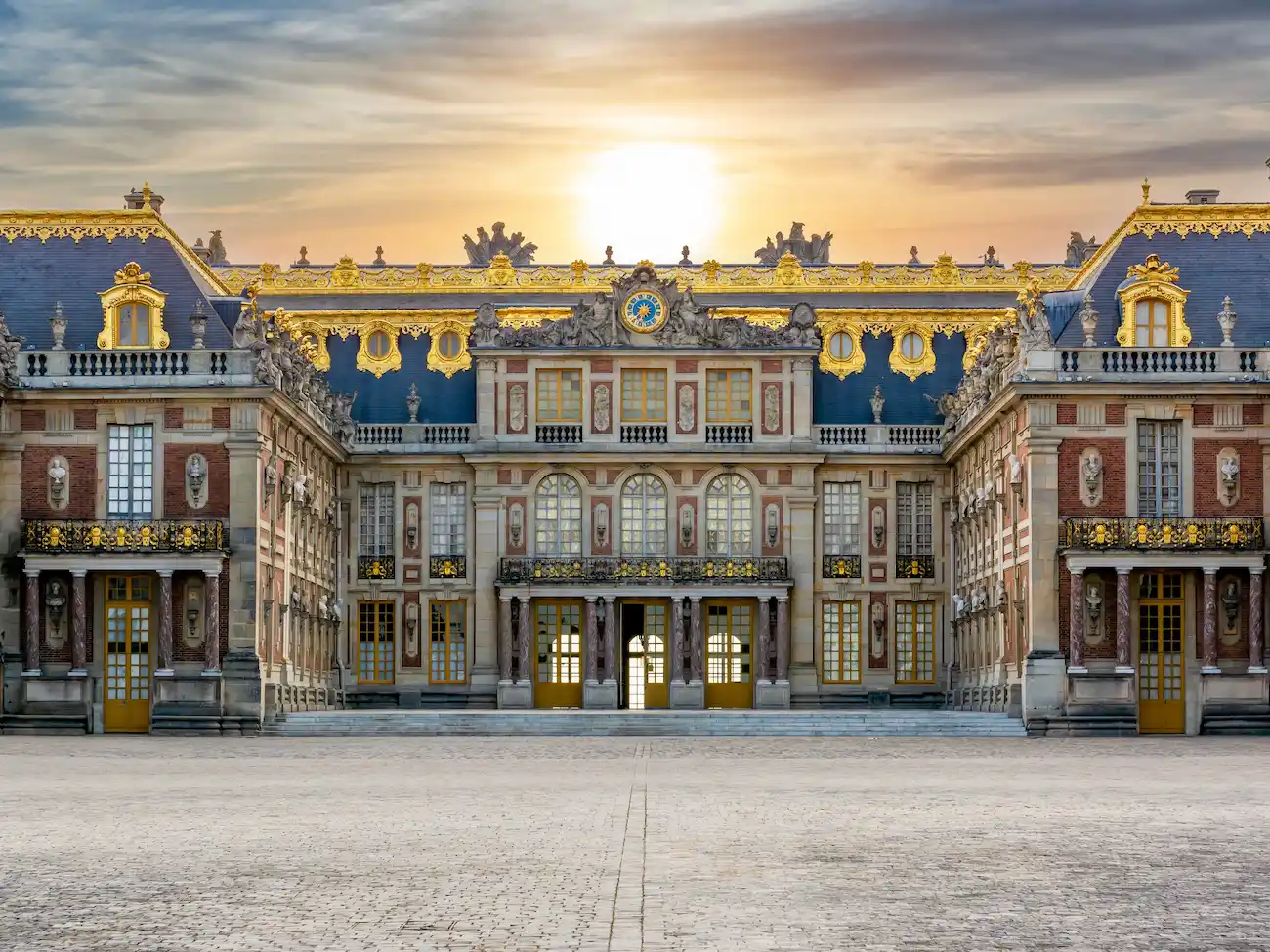
The Palace of Versailles presents visitors with an unparalleled architectural ensemble that combines Baroque grandeur with artistic refinement. To make the most of your visit, these are the unmissable rooms and spaces:
Emblematic Façades: The west-facing Garden Façade, featuring Le Vau’s characteristic “envelope,” and the east-facing façade overlooking the Cour d’Honneur (Courtyard of Honor), which marks the ceremonial entrance.
The 700 Royal Rooms: Apartments, state rooms, offices, and private chapels spread across 51,210 m², with 2,153 windows and 1,200 fireplaces.
The 357 Mirrors: Arranged in 17 arcades opposite the windows, creating a dazzling effect over its 73-meter length.
The Frescoes by Charles Le Brun: 30 oil-on-canvas scenes on the ceiling, recounting the glorious deeds of Louis XIV from 1661 until the Peace of Nijmegen (1678).
The King’s State Apartment: A suite of seven consecutive rooms dedicated to Roman deities (Apollo, Venus, Mars), used for public audiences.
The King’s Private Apartment: An intimate area comprising an antechamber, guard rooms, and waiting rooms, culminating in the great royal bedchamber, where the strict spatial hierarchy transformed the monarch’s daily life into a theater of absolutism.
The construction of the Palace of Versailles was the result of the extraordinary talent of four masters who transformed a modest hunting lodge into the grandest symbol of French royal power. Louis Le Vau was the original visionary, directing the first expansions under Louis XIV between 1661 and 1670. His famous “envelope” of white stone on the garden side gave the palace its initial Baroque grandeur, as he built the royal apartments and expanded the original building by connecting the side wings.
Jules Hardouin-Mansart succeeded Le Vau, becoming the architect of the most spectacular works of the Sun King’s reign. Between 1678 and 1684, he created the legendary Hall of Mirrors, a 73-meter-long gallery housing 357 mirrors that faced the windows, breaking the Venetian monopoly on crystal glass. His contributions also include the North and South Wings of the palace, the Great Stables, the current Orangerie, and the majestic Royal Chapel, completed in 1710.
André Le Nôtre revolutionized European landscape architecture with his design of the Gardens of Versailles. Starting in 1661, he transformed more than 800 hectares into a formal French garden of colossal proportions, introducing straight axes and perfect symmetries. His masterpiece, the 1,670-meter-long Grand Canal, built between 1668 and 1679, became the visual axis that dominates the entire western perspective of the gardens.
Finally, Robert de Cotte, a student and son-in-law of Hardouin-Mansart, directed the final expansions after 1708. As First Architect to the King, he completed unfinished projects such as the Royal Chapel, which was finally consecrated in 1710, and oversaw the final works on the Grand Trianon, marking the conclusion of Versailles’ major architectural transformations at the beginning of the 18th century.
VERSAILLES PLACES
Versailles is a royal palace 20 kilometers outside of Paris, in the homonymous city of Versailles. It is one of the largest…
VERSAILLES PLACES
The Gardens of Versailles They are the most popular French gardens, not only in France but also in the rest of the world.
VERSAILLES PLACES
The park at Versailles ought to be mentioned as a unique location that amazes with its variety, beauty, and integrity. Additionally…
VERSAILLES PLACES
From the royal court, roam freely on the various circuits of the château, then traverse the small gardens and woods, and head to…
VERSAILLES PLACES
Discover the stunning private residence of Queen Marie-Antoinette, surrounded by lovely grounds and with her own…
VERSAILLES PLACES
The palace garden was the most important thing for King Louis XIV and is world-famous today. The gardens feature 14 fountains…
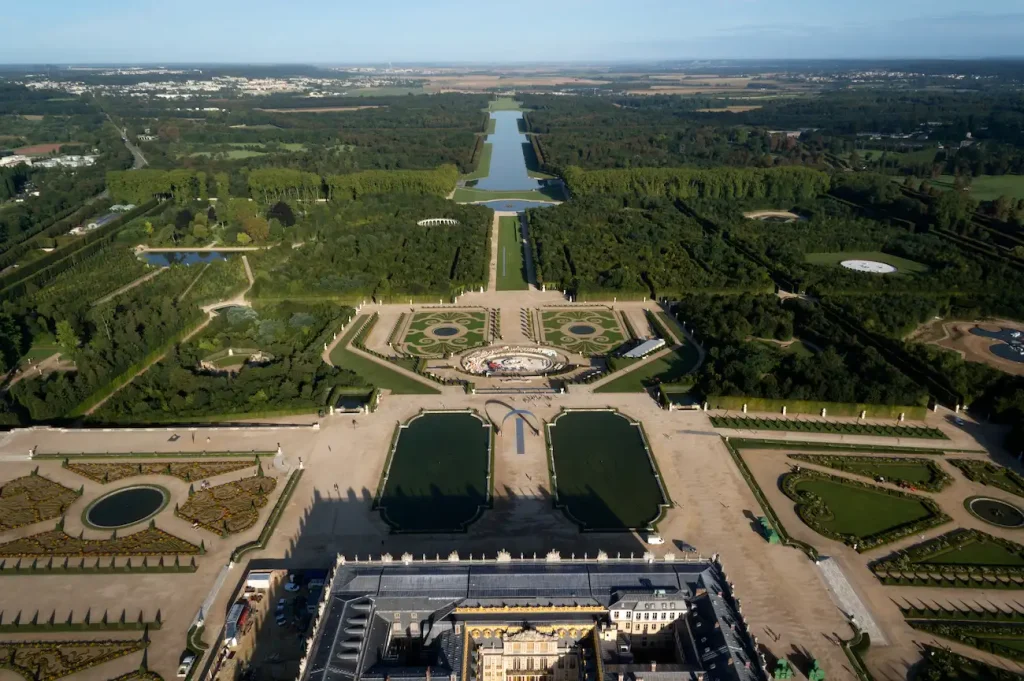
The Gardens of Versailles represent the highest expression of the French formal garden style, a style that revolutionized European landscape architecture. After the fall of Nicolas Fouquet in 1661, Louis XIV commissioned André Le Nôtre to rehabilitate the gardens, transforming them into a theatrical stage where the monarch could display his absolute power.
Le Nôtre developed an innovative design based on two main directional axes: north-south and east-west, which organized not only the green spaces but also the palace architecture itself. His genius lay in creating the illusion of infinite perspectives, where every architectural and natural element was subordinated to human will.
The main longitudinal axis guides the visitor through an experience of infinite space, while transverse axes and radial patterns complement this design, creating a sense of total openness. As chroniclers of the time noted, every aspect of the gardens was laden with symbolism, with fountains and statues depicting Greco-Roman mythology, associating Louis XIV with divine figures like Apollo, the sun god.
The broderie parterres are one of the most spectacular elements of Le Nôtre’s design. These geometric gardens trace symmetrical arabesques of turf, offering an ideal chromatic display when viewed from the palace’s main staircase. During spring and summer, more than 210,000 flowers are planted annually.
The bosquets, or “green rooms,” are small enclosed gardens with their own themes, fountains, and sculptures, designed as intimate spaces for the court. Among the most notable are the Ballroom Bosquet, inaugurated in 1685, which includes the only waterfall preserved at Versailles, and the Colonnade, built by Mansart between 1684 and 1685 with a circular peristyle of 32 arches.
The Grand Canal, Le Nôtre’s masterpiece, stretches for 1.67 kilometers and forms the central element of the perspective from the palace. This canal was designed not only as a decorative element but as the pivotal axis of the entire garden system, creating the optical illusion that the park extends to infinity.
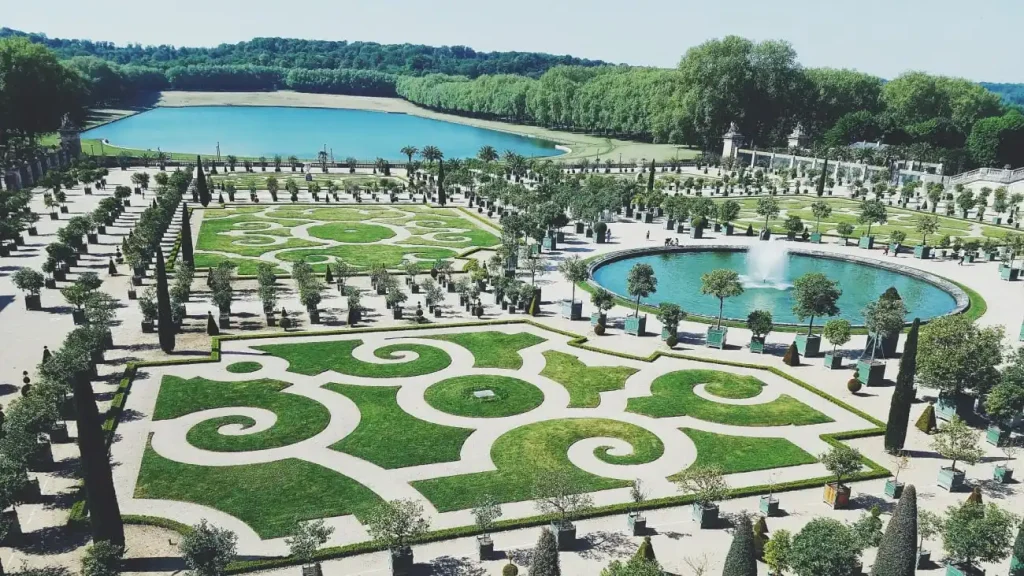
The hydraulic system of Versailles was one of the greatest engineering feats of the era. The gardens featured up to 2,000 water jets, four times more than today. Underground, water circulated through a network of 46 kilometers of channels until it reached the ponds and fountains.
The original pipes, initially made of terracotta, wood, or lead, were later replaced with cast iron pipes due to the enormous system pressures. One-third of the entire budget that Louis XIV spent on the Versailles complex was dedicated to the fountain system, which still operates today, more than 300 years later, partly with the same hydraulic network.
The Marly Machine, built between 1681 and 1684, represented the greatest technological hydraulic achievement since Roman times. Designed by Arnold de Ville and Rennequin Sualem, this colossal structure consisted of 14 hydraulic wheels, each 12 meters in diameter, and more than 200 pumps.
The machine pumped water from the Seine to an elevation of 163 meters, overcoming this height difference through three successive lifts. At full capacity, it transported more than 3.7 million liters daily, although it never fully achieved this target due to regular breakdowns and the diversion of water to the gardens of the Château de Marly.
Its construction cost would be equivalent to nearly $30 million today, and its maintenance required hundreds of workers around the clock. Despite its flaws and the “hellish” noise it produced, the Marly Machine supplied water to the 2,400 fountains of Versailles for 133 years.
The Orangerie of Versailles is one of Jules Hardouin-Mansart’s masterpieces. Built between 1684 and 1688, it replaced the original orangery by Louis Le Vau from 1663. The central gallery extends for more than 150 meters with a vaulted ceiling 13 meters high.
During the winter, the Orangerie houses more than 1,500 shrubs: about 900 orange trees, in addition to laurels, pomegranates, and myrtles, some over 200 years old. Its strategic location, facing due south and protected from cold winds, allows it to maintain a frost-free environment without artificial heating.
The Potager du Roi (King’s Kitchen Garden) was created between 1678 and 1683 by Jean-Baptiste de La Quintinie, the director of the royal fruit and vegetable gardens. Covering an area of 9 hectares, this productive garden’s mission was to supply fruits and vegetables for the royal table in all seasons.
La Quintinie managed to cultivate more than 400 varieties of vegetables and fruits, including 50 varieties of pears and 20 of apples. His technical innovation made it possible to obtain produce out of season: lettuce and strawberries in January, asparagus in winter, and figs in June, thanks to a specially designed figgery.
The garden was structured around a central Grand Carré, divided into 16 smaller squares for vegetables, surrounded by 29 enclosed gardens with fruit trees. Louis XIV, a great lover of gardening, regularly visited the Potager and learned pruning techniques alongside La Quintinie.
Furthermore, the Royal Menagerie was an integral part of the Versailles garden complex, representing the era’s fascination with natural history and the collection of exotic species, which symbolized the power and wealth of the French monarchy.
